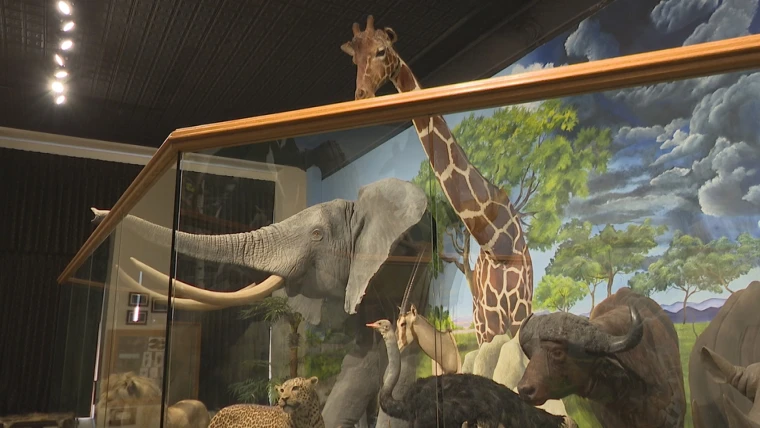Arsenic was found to be widespread in the taxidermy collection, creating a raging debate about whether the more than 150 animals should be destroyed.
The destiny of the regal lion, majestic tiger, polar bear, and formidable gorilla that once welcomed visitors to South Dakota’s largest zoo has taken an unexpected twist. The unearthing of widespread arsenic in the taxidermy collection has ignited a fervent debate, leaving more than 150 animals hanging in the balance.
For locals steeped in the menagerie’s history—a collection that once adorned a hardware store—the fight against the mayor and zoo officials is gaining momentum. Activism is surging both online and in the Sioux Falls City Council, fueled by experts who argue that the arsenic risk is exaggerated, asserting that these taxidermy creations are nothing short of art.
“They’re not stuffed animals. These were sculptures,” claims John Janelli, a former president of the National Taxidermists Association, drawing a parallel to the preservation of the Sistine Chapel’s ceiling.
Fran Ritchie, chair of the conservation committee of the Society for the Preservation of Natural History Collections, chimes in with a quirky piece of advice: “Just don’t lick the taxidermy. You’ll be fine.”
While some argue that safety protocols are in place, Sioux Falls officials remain firm, stating that there’s no acceptable risk when dealing with a known carcinogen like arsenic.

The legal maze deepens as the fate of the mounted animals is considered. The Endangered Species Act protects them even in death, complicating options like selling or donating the collection. Federal and state laws further entangle the situation, with the requirement that such exhibits remain within the state.
The taxidermy collection, once acquired from a world-traveling businessman, Henry Brockhouse, now faces an uncertain future. The debate intensifies as the city grapples with its decision, exploring alternatives like the controversial possibility of a butterfly garden and aquarium.
As tensions rise, a Facebook group rallying fans of the exhibit gains traction, reflecting the broader concern about the potential impact on natural history museums worldwide. The City Council, the ultimate arbiter, is set to deliberate on the matter in a pair of September meetings, leaving the fate of the taxidermy menagerie hanging in the balance.
